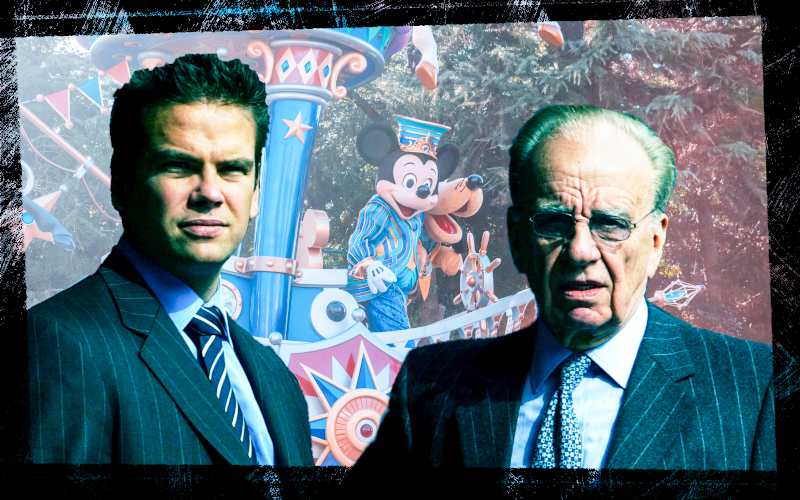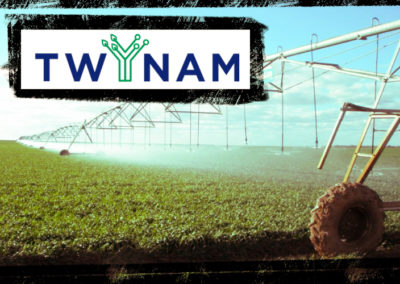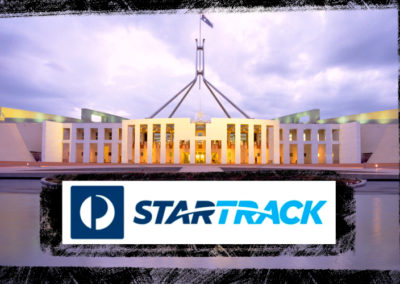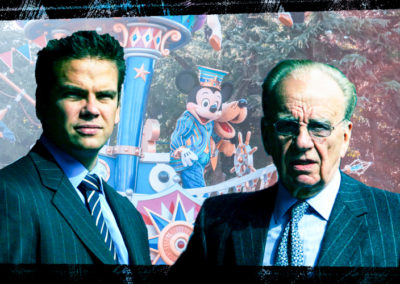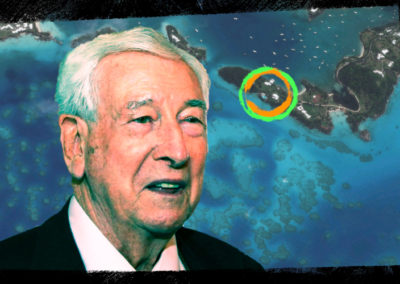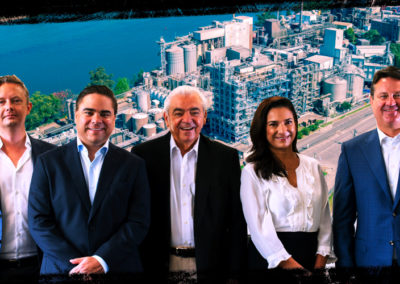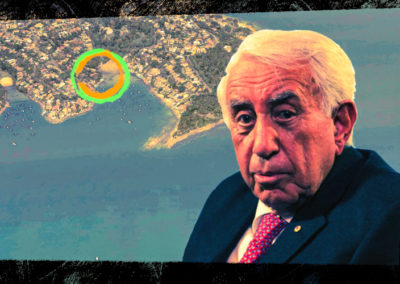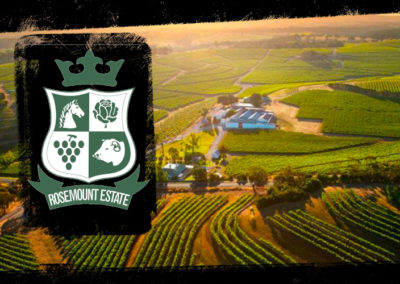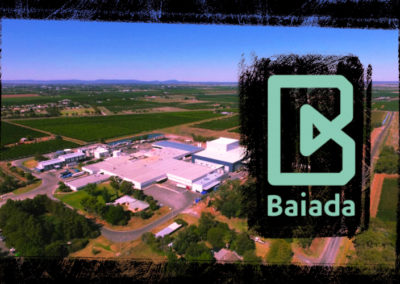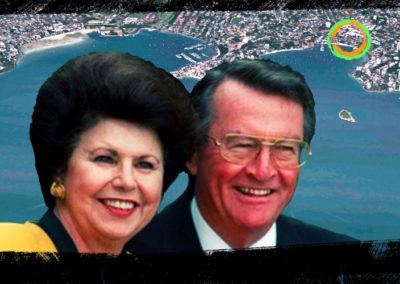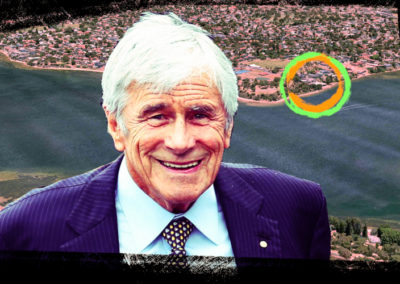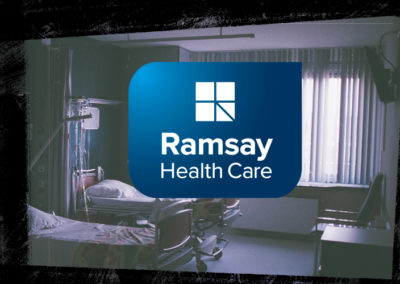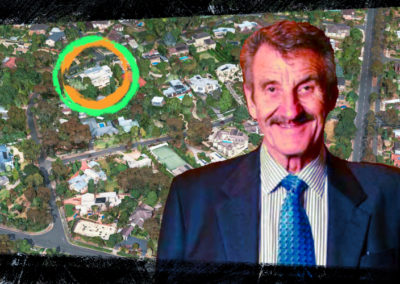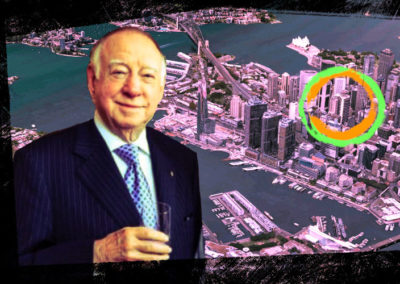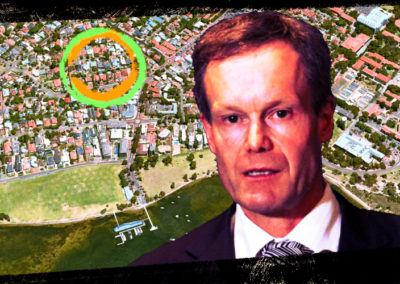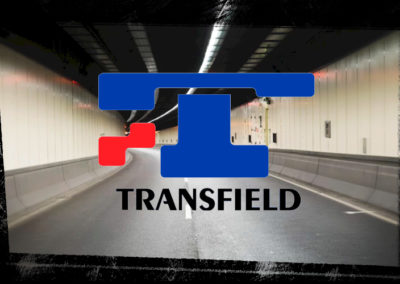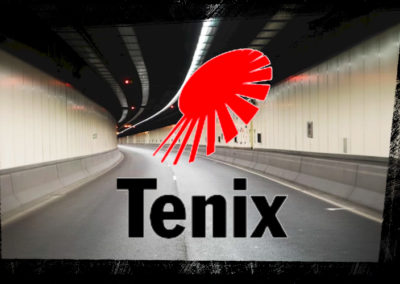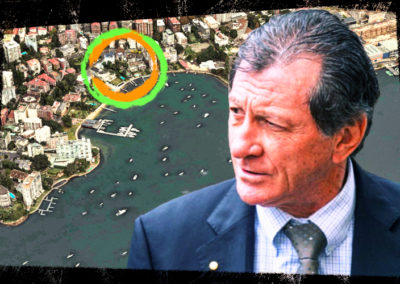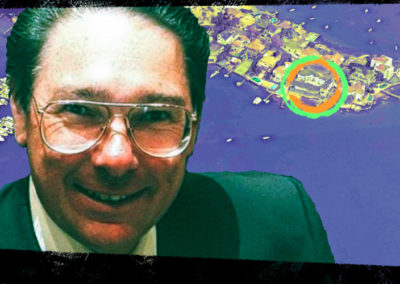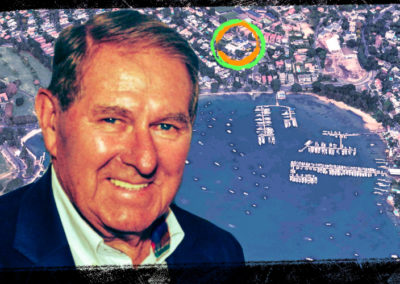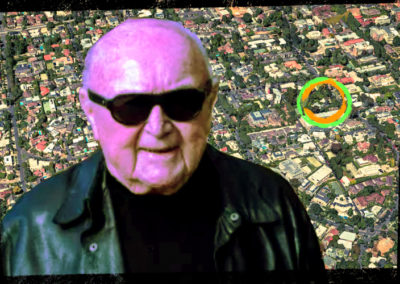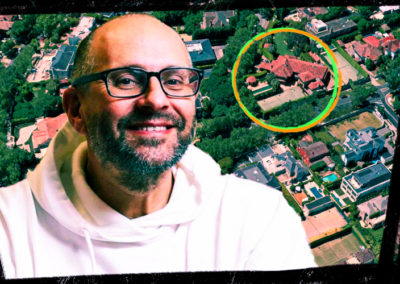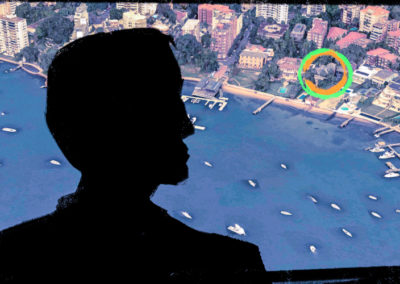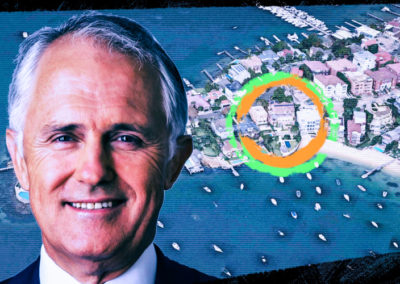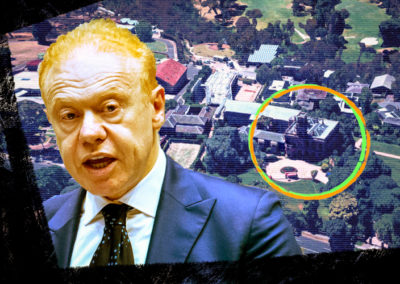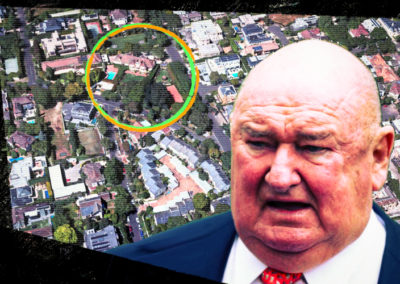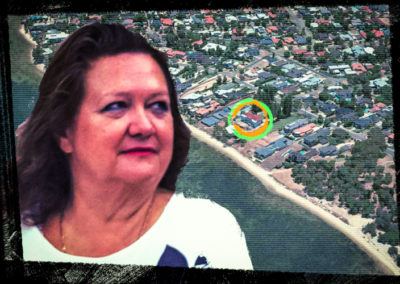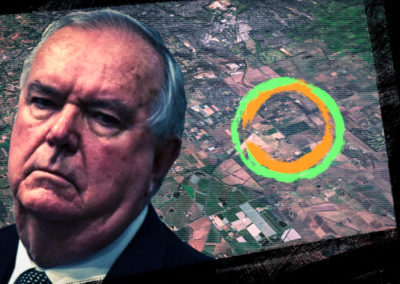Deep inside the Murdoch family’s global media empire were three Dark Companies exempt from lodging financial accounts in Australia. That was until the $90bn sale to Walt Disney Company in 2019. This is a classic case of Dark Companies being traded between empires.
| Top 200 Rich List (2020) | No. of Dark Companies: 3 | Political Donations since FY 1998-99 |
|---|---|---|
| Rank: 22 (Lachlan Murdoch) | Carlholt Investments Pty. Limited | Labor Party: N/A |
| Wealth: $3.76b | Carlholt (A.C.T.) Pty. Limited | Coalition: N/A |
| Wealth (2019): $3.62b | Karlholt Pty Limited | Independent: N/A |
| YoY wealth change: 3.9% | Total: N/A |
Following his father’s death in 1952, Rupert Murdoch carried out the duties of his father’s company, News Limited, at 21 years of age. The family’s only significant asset at the time was a small Adelaide newspaper called The News.
Throughout the 1950s and 1960s, Murdoch would revitalise the once failing News Limited business into an aggressive expansion operation through acquisitions of struggling papers such as Perth’s Sunday Times, to more formidable tabloids including Sydney’s The Daily Mirror.
The man from Adelaide made his big move overseas when he bought the UK’s News of the World in 1968 and then The Sun the following year.
These acquisitions would lay the foundation of what is now the global News Corporation empire, through which Murdoch forged powerful media monopolies in Australia, Britain and the US.
Rupert Murdoch first entered the US purchasing San Antonio Express-News in 1973, followed notably by the New York Post in 1976. His involvement in the Fox Network began in 1985 when he acquired a 50% stake in 20th Century-Fox Film Corporation for $325 million in cash. At the time, the sale meant that “Mr Murdoch’s News Corporation Ltd, with assets of more than $2 billion at the end of 1984, will have spent $1.6 billion in the last 12 months to acquire 12 trade publications … total ownership of Fox [and six media stations]”.
His purchase of Fox in 1985 meant that Rupert would have to become a citizen of the United States in order to legally operate his television network.
With a foothold in America, Murdoch would eventually move his News Corporation empire from Australia to the US in 2004. This restructure would see the involvement of the Carlholt Group which contained the family’s three Dark Companies. The move offshore gave Carlholt a 100% stake in the News Corporation (Australia) group.
Murdoch-owned media operations in Australia, including The Australian and The Daily Telegraph, were therefore directly controlled by a group which held three Dark Companies.
Outside the Fox/News Corp empires, another major Australian asset is Lachlan Murdoch’s Nova Entertainment which owns radio stations including Nova and Smooth FM. The company operates under a complicated structure which was originally intended to dodge as much tax as possible. The structure, involving preference shares and royalty payments to its parent companies listed as “exclusive use fees” saw the company generate a $4.2 million profit for its owners in 2010 despite reporting a $7.5 million loss for the year.
Lachlan also made an unsuccessful joint-bid for the struggling Ten Network with fellow Secret Rich-Lister Bruce Gordon in 2017. The court ruled the bid “had not been properly considered” owing to late submissions and the pair discontinuing roles as guarantors for Ten. It instead awarded the network to US media giant CBS.
In the wake of the infamous 2009 phone hacking scandal involving Murdoch’s UK scandal sheet News of the World, the paper was shut down and cost the empire $1.6 billion. The News Corporation name had been tarnished in the reporting sphere and in need of a new look.
This prompted a spin-off of News Corporation into two divisions in 2013: News Corp, handling its publication operations including The Wall Street Journal, The Times in London as well as News Corp Australia, and 21st Century Fox, operating media and entertainment assets such as Fox News, National Geographic, 20th Century Fox studios and Endemol Shine Group.
The restructure meant the Carlholt Group of Dark Companies was now owned by 21st Century Fox. This changed however in 2019 when the Walt Disney Company purchased 21st Century Fox for $US71 billion, a deal which the Murdoch family profited from greatly, with Rupert’s six children netting $US2 billion of Disney stock each, and dividends worth $US40 million per year.
It also means Disney now owns three Dark Companies on Australia’s Secret Rich List.
Staff writers who have worked on one or more of our special investigative projects include Zacharias Zsumer (War Powers), Stephanie Tran, Tasha May and Luke Stacey.
